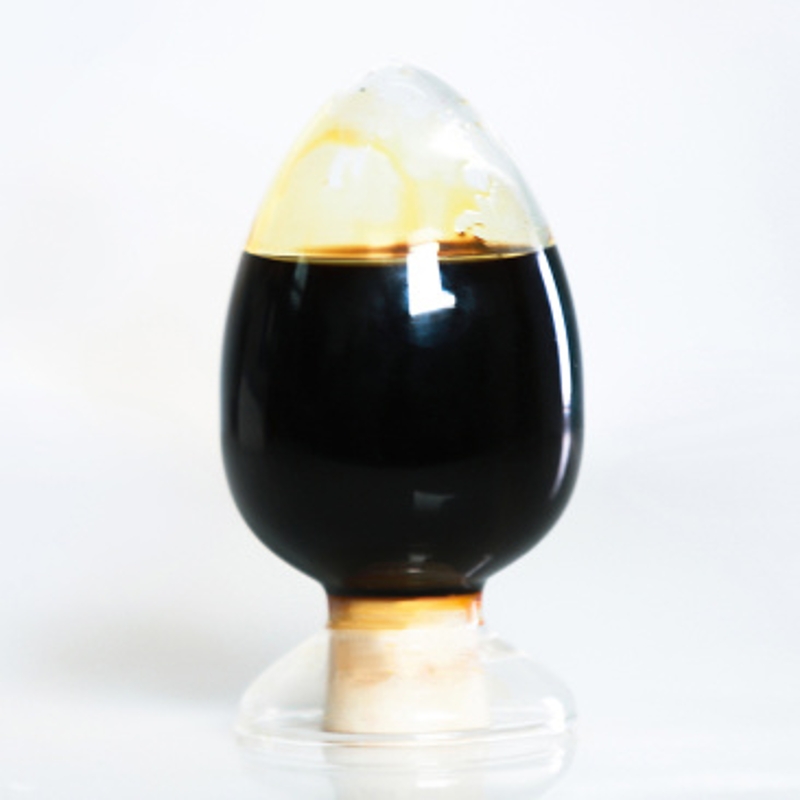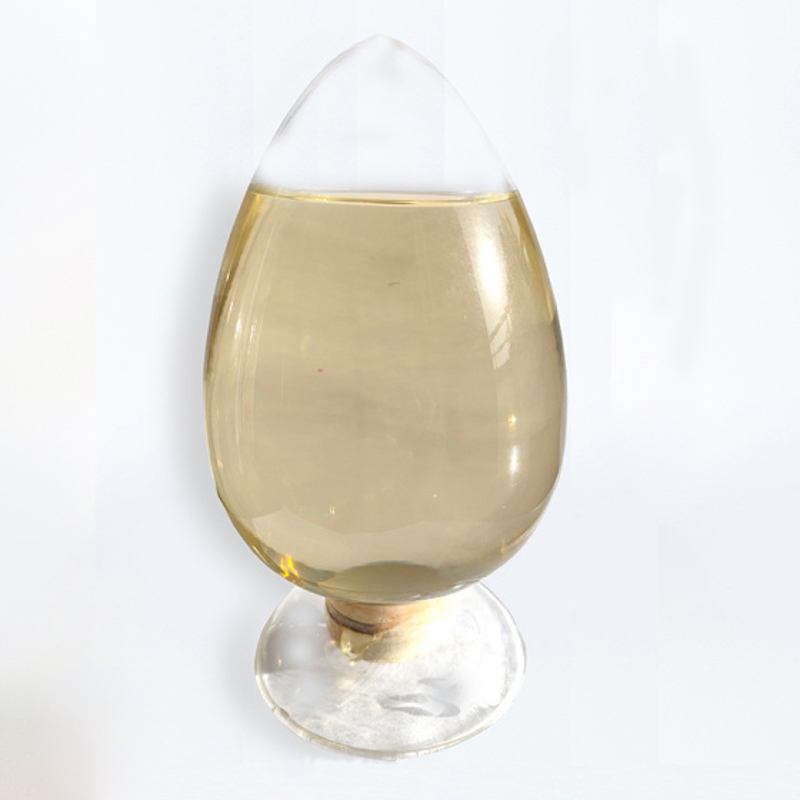-
Categories
-
Pharmaceutical Intermediates
-
Active Pharmaceutical Ingredients
-
Food Additives
- Industrial Coatings
- Agrochemicals
- Dyes and Pigments
- Surfactant
- Flavors and Fragrances
- Chemical Reagents
- Catalyst and Auxiliary
- Natural Products
- Inorganic Chemistry
-
Organic Chemistry
-
Biochemical Engineering
- Analytical Chemistry
- Cosmetic Ingredient
-
Pharmaceutical Intermediates
Promotion
ECHEMI Mall
Wholesale
Weekly Price
Exhibition
News
-
Trade Service
On December 12, the team of Professor Lee Tae-woo of the Department of Advanced Materials Engineering of Pohang University of Technology in South Korea announced that it had developed a process that could directly synthesize graphene on the substrate of electronic components by using the coal tar bitumen produced by the ironmaking process
as raw material.
Recently, a steel plant that produces 450,000 tons of coal tar pitch per year has been transformed into graphene, a "dream material" with high strength and good thermal conductivity, to manufacture electronic components, which has attracted much attention in the industry
.
This new technology can not only use by-products to open up new markets, but also be an environmentally friendly technology
.
The research results have been published in international authoritative journals
.
This technology can form large sheets of graphene at designated parts of the electronic component substrate, realizing large-area, large-volume, and optimized production, while using by-products generated in the production process of steel products, so it is both environmentally friendly and economical
.
The most commonly used graphene synthesis method is chemical vapor deposition method, not only the use of explosive gases, but also in the mass production of graphene process is more complicated, in the production process, graphene is easy to break, low
quality.
In order to improve this method, the research team chose solid coal tar bitumen with high safety and low explosive resistance, which is a low-cost raw material that has attracted much attention
as a carbon raw material for synthesizing graphene.
Although coal tar bitumen has been used to synthesize other carbon substances, there is no precedent
for using coal tar bitumen to make graphene films.
The research team synthesized coal tar bitumen films through a solution process, and modular graphene was synthesized directly on the electronic component
substrate.
Coal tar bitumen is trading at about 400,000 won per ton, and the amount of coal tar bitumen required to synthesize graphene on a 4-inch substrate is only 1g, which is expected to generate huge high added value
given that graphene of the same size is sold at a market price of more than 100,000 won.
The team believes that the process will not only enable low-cost mass production, but also will not form low-quality graphene
on electronic components.
It is worth mentioning that this technology can also secure world-leading competitiveness in the field of graphene-related nanoelectronic engineering, and it is expected to generate considerable synergies by combining it with domestic technologies
.
Professor Lee Tae-woo explained that the simple method of replacing explosive gas raw materials with low-cost solid waste to form a large area of graphene on electronic components has attracted much attention in the industry, and is expected to generate an annual benefit of 20 trillion won by 2025, contributing to the rapid development
of the graphene industry.
On December 12, the team of Professor Lee Tae-woo of the Department of Advanced Materials Engineering of Pohang University of Technology in South Korea announced that it had developed a process that could directly synthesize graphene on the substrate of electronic components by using the coal tar bitumen produced by the ironmaking process
as raw material.
Recently, a steel plant that produces 450,000 tons of coal tar pitch per year has been transformed into graphene, a "dream material" with high strength and good thermal conductivity, to manufacture electronic components, which has attracted much attention in the industry
.
This new technology can not only use by-products to open up new markets, but also be an environmentally friendly technology
.
The research results have been published in international authoritative journals
.
This technology can form large sheets of graphene at designated parts of the electronic component substrate, realizing large-area, large-volume, and optimized production, while using by-products generated in the production process of steel products, so it is both environmentally friendly and economical
.
The most commonly used graphene synthesis method is chemical vapor deposition method, not only the use of explosive gases, but also in the mass production of graphene process is more complicated, in the production process, graphene is easy to break, low
quality.
In order to improve this method, the research team chose solid coal tar bitumen with high safety and low explosive resistance, which is a low-cost raw material that has attracted much attention
as a carbon raw material for synthesizing graphene.
Although coal tar bitumen has been used to synthesize other carbon substances, there is no precedent
for using coal tar bitumen to make graphene films.
The research team synthesized coal tar bitumen films through a solution process, and modular graphene was synthesized directly on the electronic component
substrate.
Coal tar bitumen is trading at about 400,000 won per ton, and the amount of coal tar bitumen required to synthesize graphene on a 4-inch substrate is only 1g, which is expected to generate huge high added value
given that graphene of the same size is sold at a market price of more than 100,000 won.
The team believes that the process will not only enable low-cost mass production, but also will not form low-quality graphene
on electronic components.
It is worth mentioning that this technology can also secure world-leading competitiveness in the field of graphene-related nanoelectronic engineering, and it is expected to generate considerable synergies by combining it with domestic technologies
.
Professor Lee Tae-woo explained that the simple method of replacing explosive gas raw materials with low-cost solid waste to form a large area of graphene on electronic components has attracted much attention in the industry, and is expected to generate an annual benefit of 20 trillion won by 2025, contributing to the rapid development
of the graphene industry.







